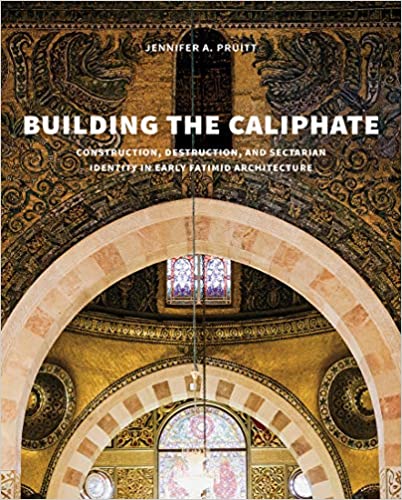
Building the Caliphate: Construction, Destruction, and Sectarian Identity in Early Fatimid Architecture
Tom Verde
Jennifer A. Pruitt
2020, Yale UP, 978-0-30024-682-7, $65 hb.
The optimism that from chaos comes order could summarize the architectural legacies of the Fatimid dynasty, which founded Cairo in 969 CE and dominated the Mediterranean for most of the 10th–12th century. Although the dynasty’s sixth caliph, al-Hakim, fomented 25 years of conflicts with the destruction of many of Jerusalem’s holy structures, the Cairo mosque that bears his name features highly stylized minarets that are also the city’s oldest “masterworks of Islamic stone carving,” writes Pruitt, a professor of Islamic art history. It fell to al-Hakim’s son and successor, al-Zahir, to sponsor the rebuilding of Jerusalem, including restorations of the Dome of the Rock and al-Aqsa Mosque, “thereby changing the status of the city in Islamic thought.”
You may also be interested in...

Nomadic Chieftain’s Biography Unveils Dynamics of Colonial Expansion
Historian Tetsu Akiyama challenges the narrative that the Kyrgyz were a “static and monotonous ‘traditional’ society’” destined to be subsumed.Celebrate Women's History Month With These Reads on Women Throughout History
To help honor Women’s History Month, AramcoWorld brings you a list of 10 female-focused reads that celebrate women throughout history.
Dissolved Monopoly’s Legacy Hinges on How India Honors Its Political Architecture
From the first fortified trading post in northeastern India, historian Rosie Llewellyn-Jones tracks the physical changes wrought by the English East India Company.